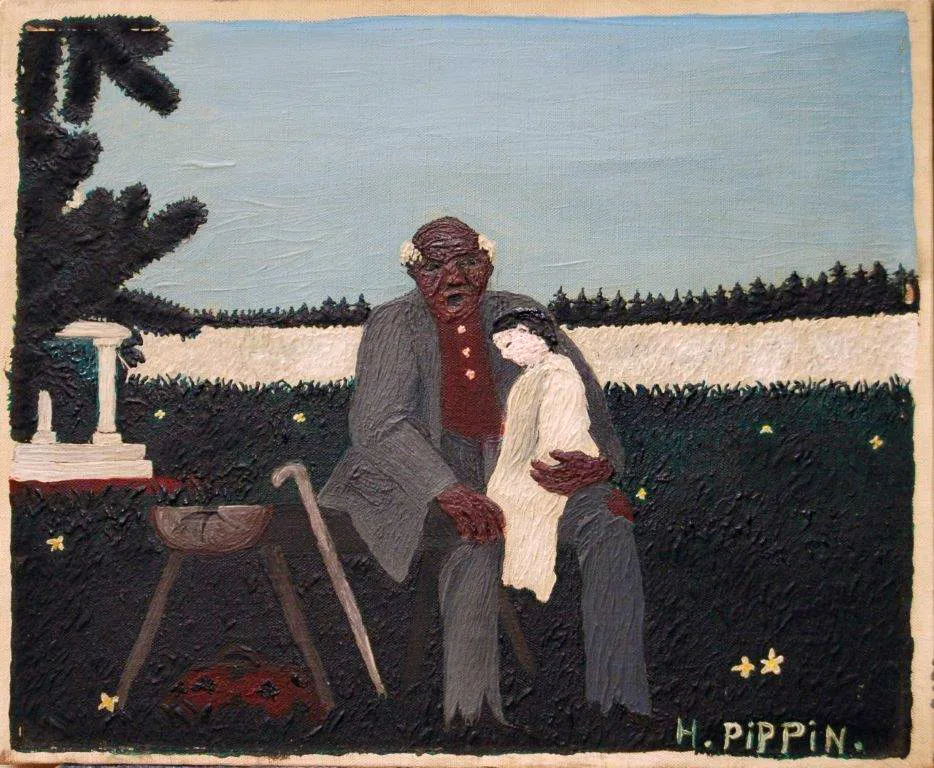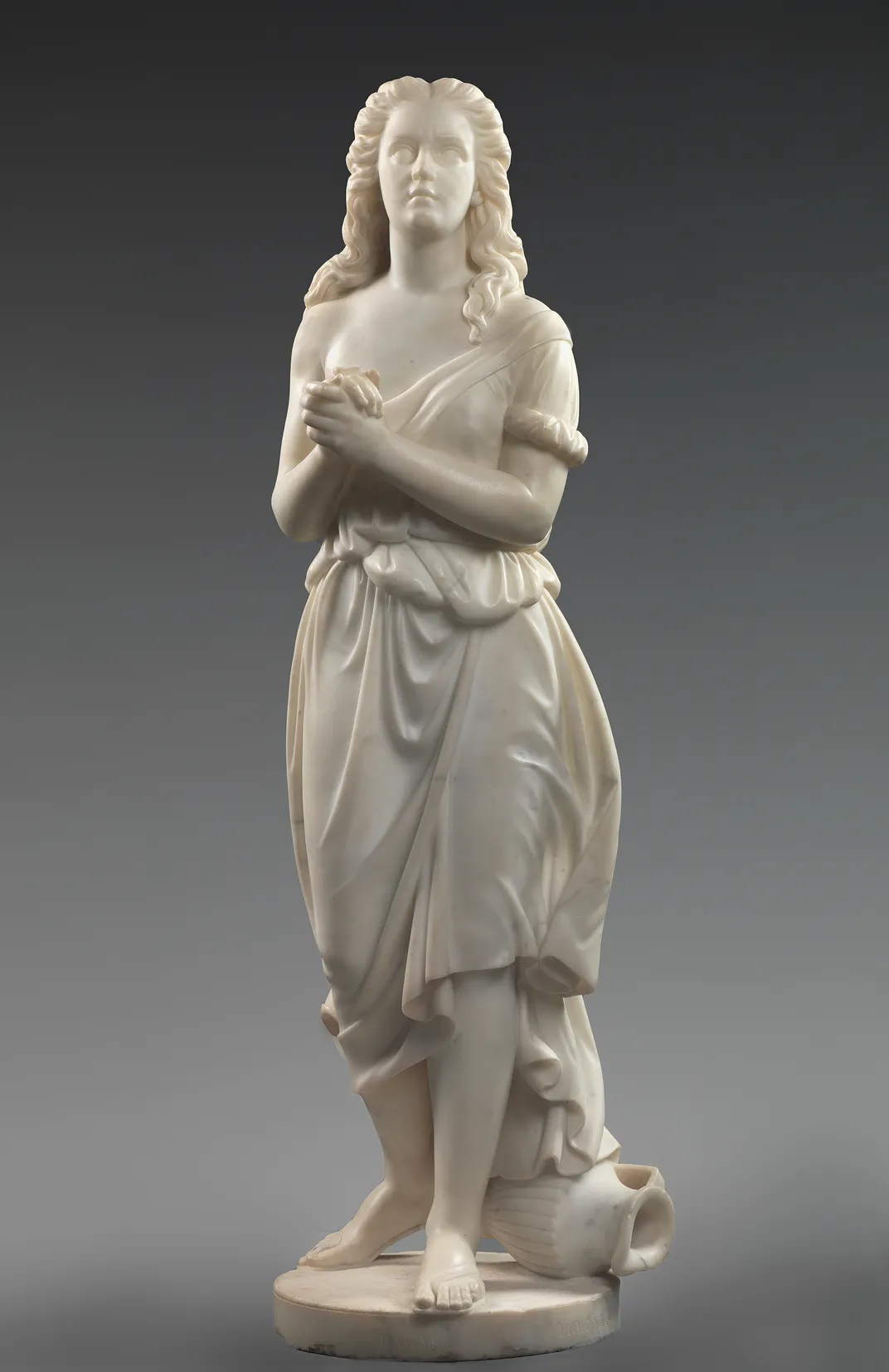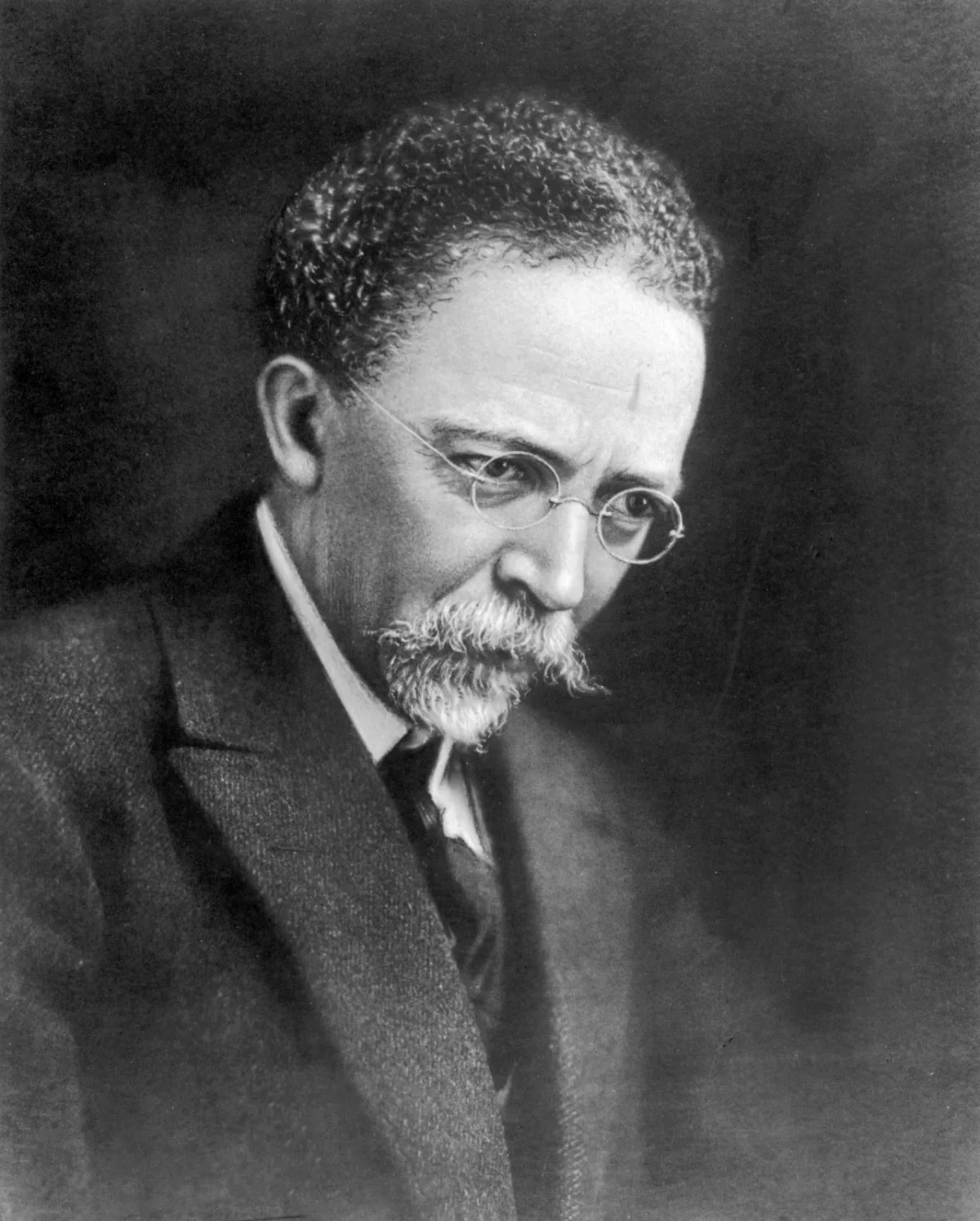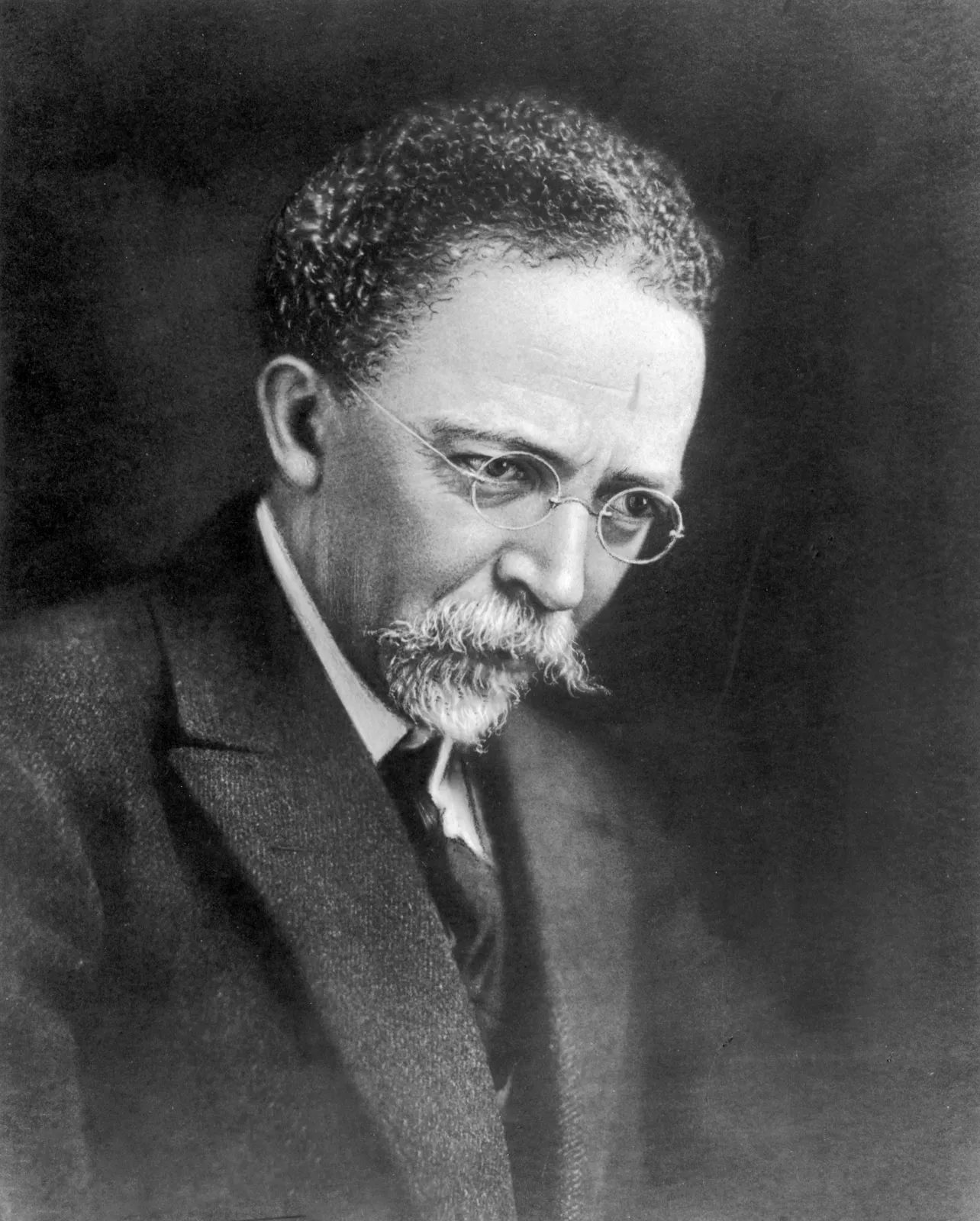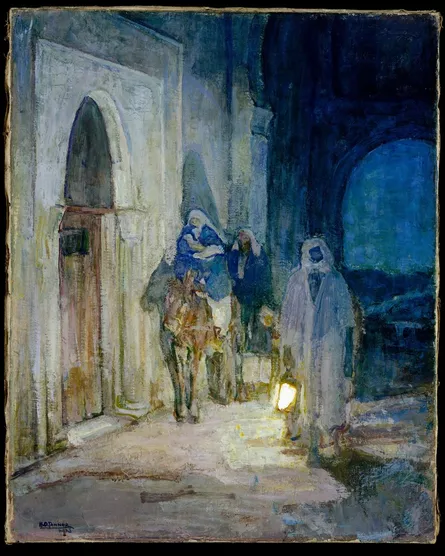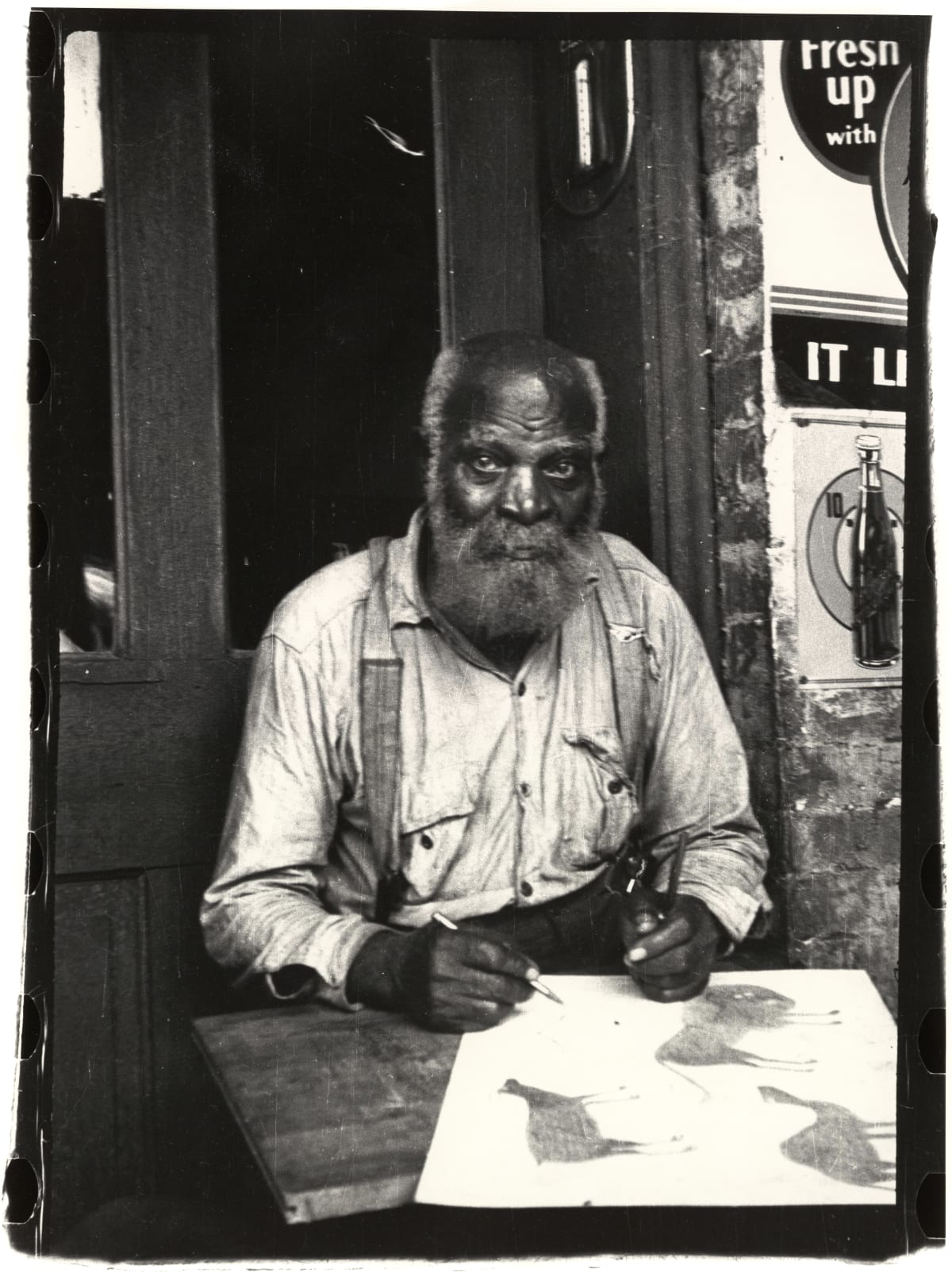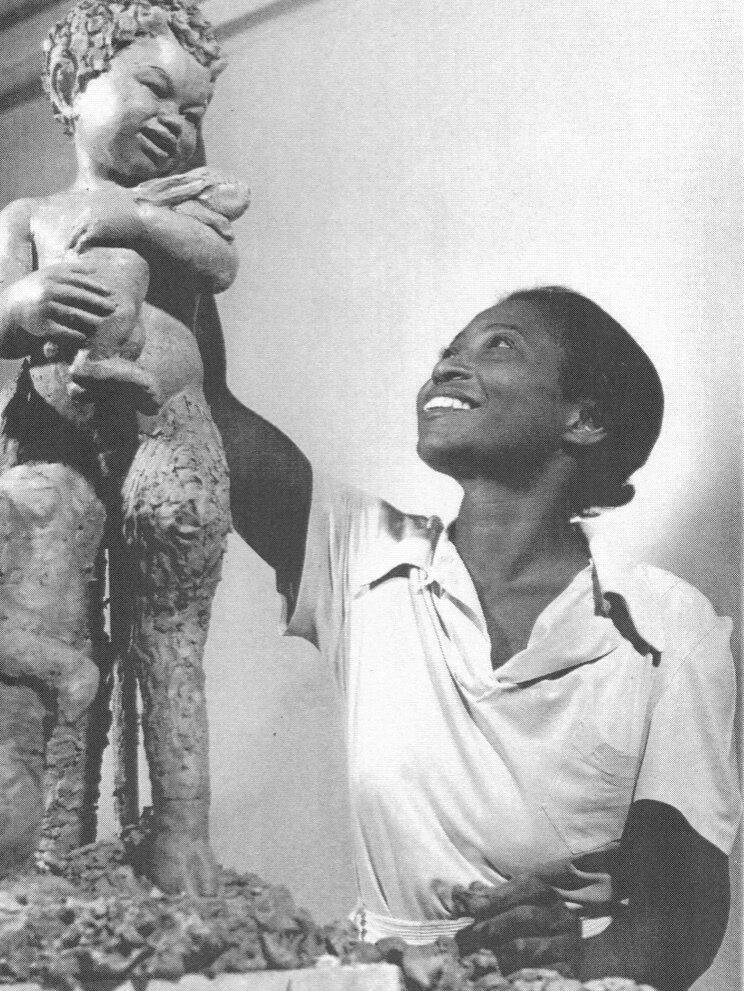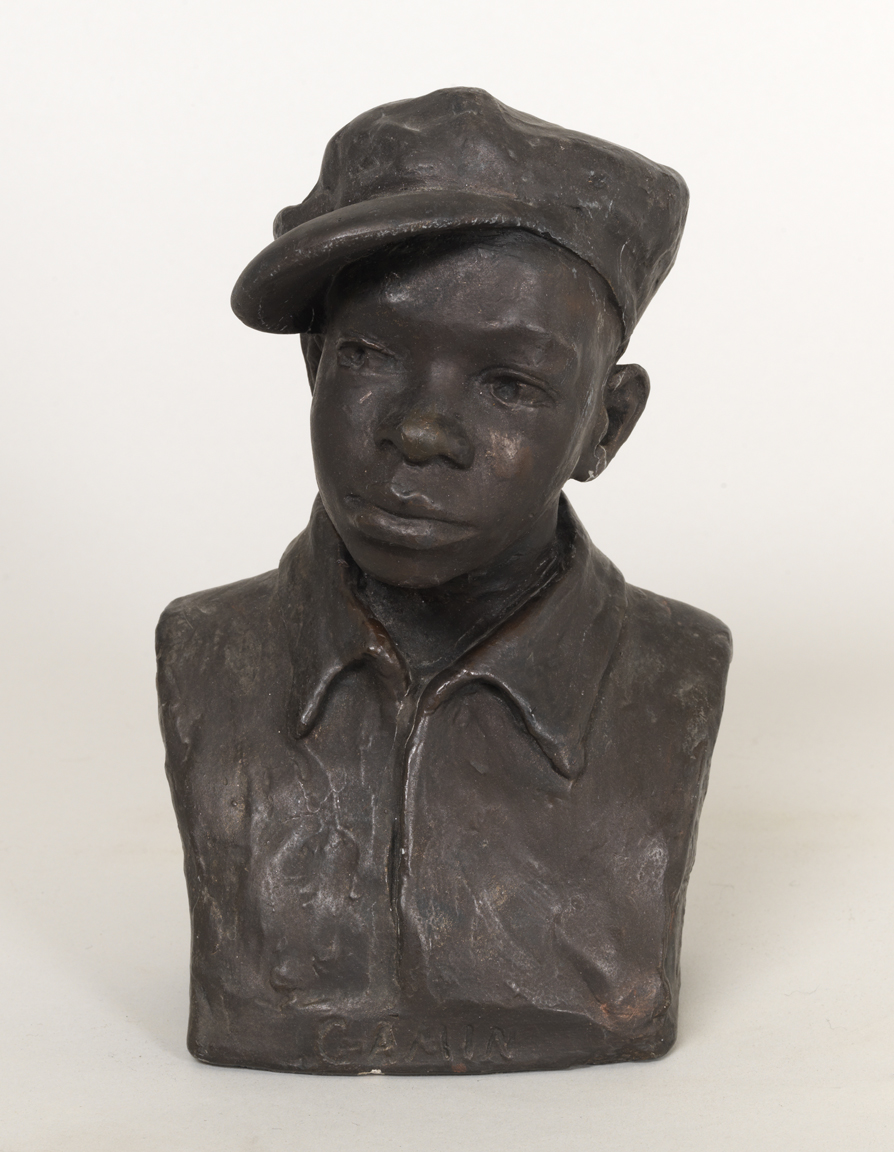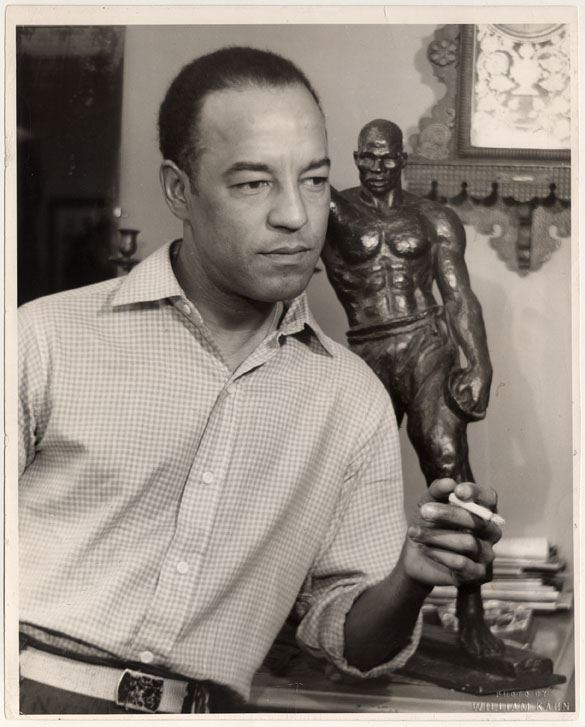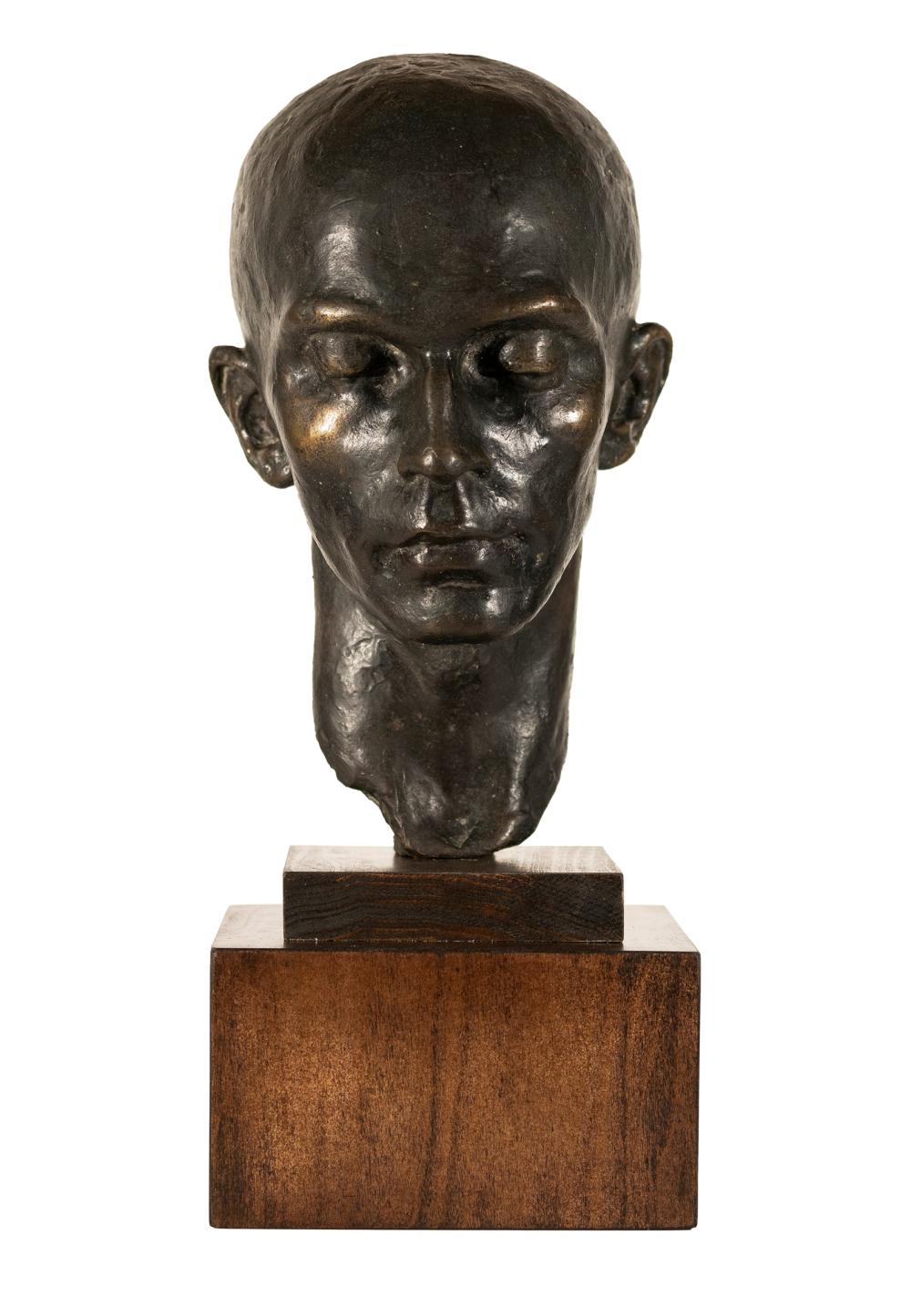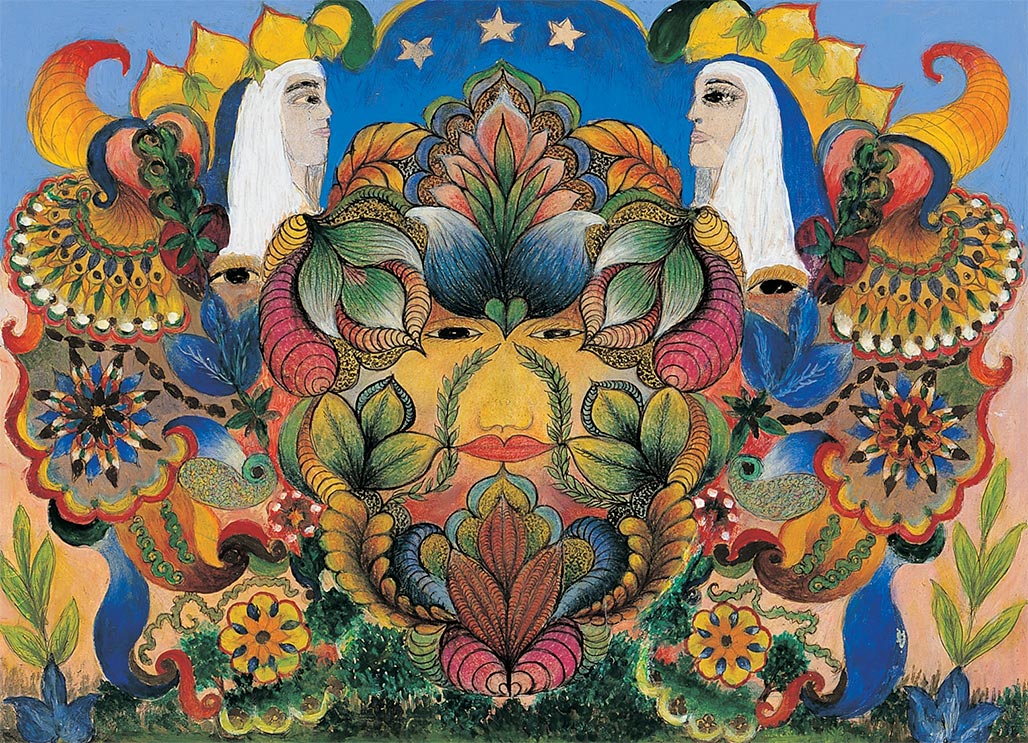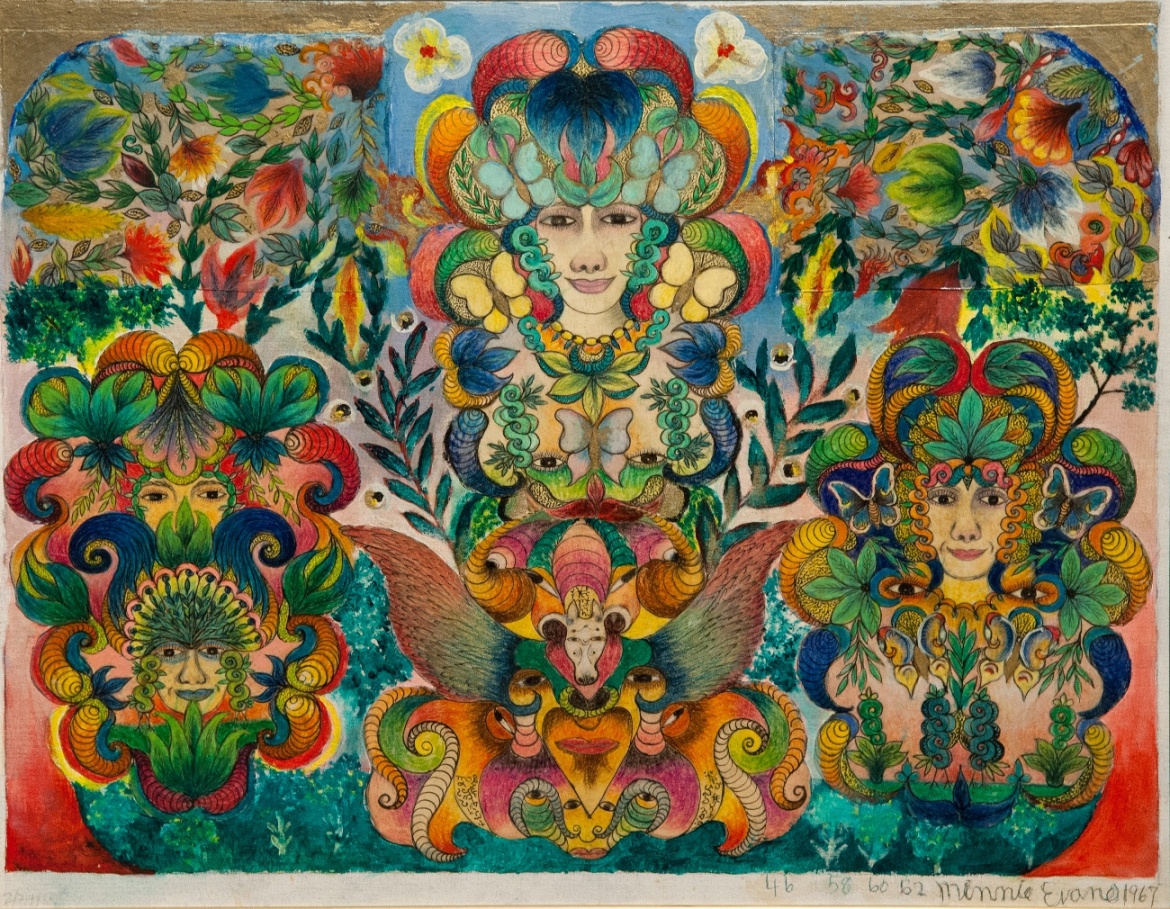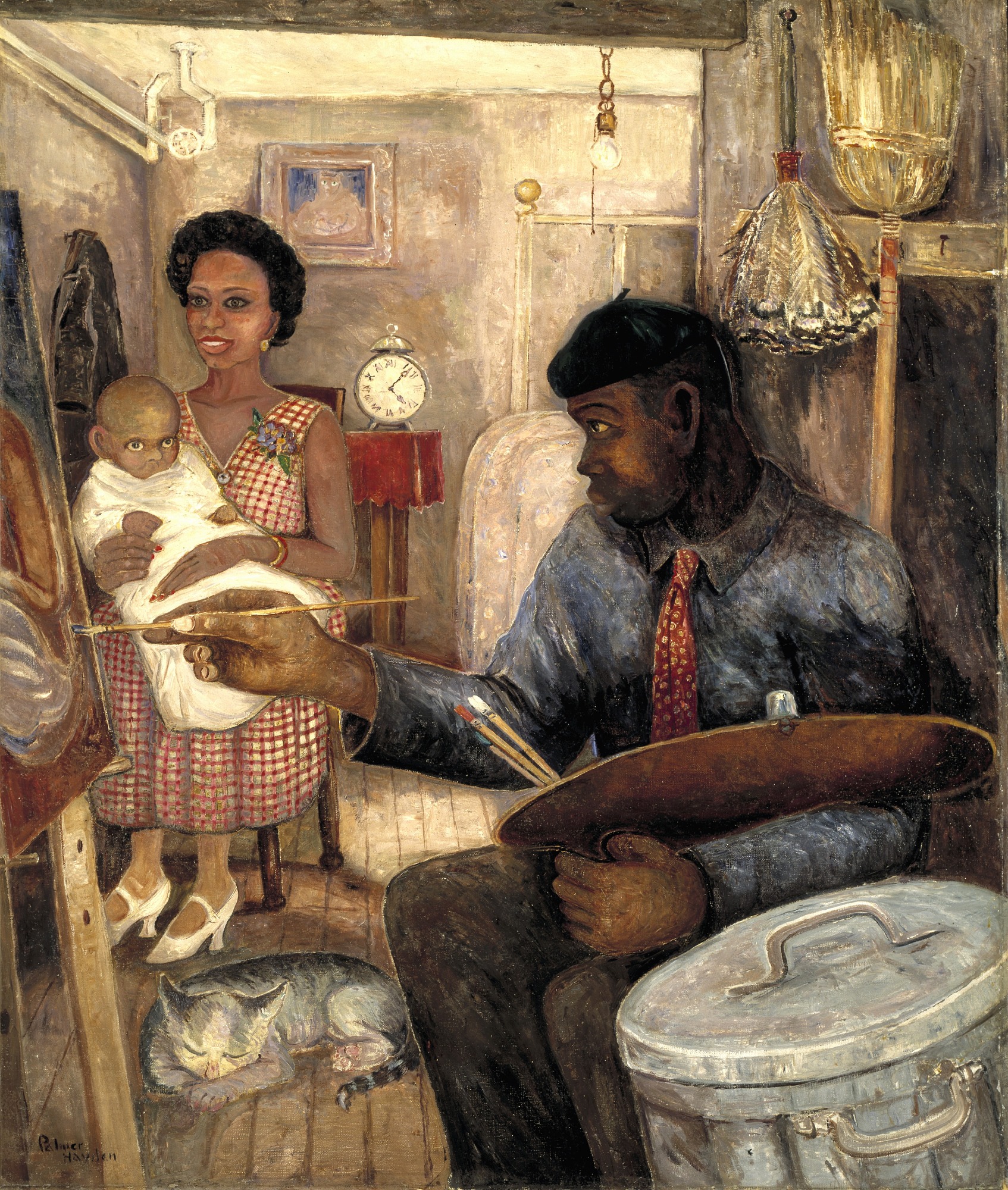Fallen Through The Cracks – Black Artists in History: Lois Mailou Jones
Lois Mailou Jones
#FallenThroughTheCracks – Lois Mailou Jones was born on November 3, 1905, in Boston, Massachusetts. She was an artist and educator who is often associated with the #HarlemRenaissance. She worked with different mediums, techniques, and influences and her work evolved in response to her extensive travels throughout Europe, Africa, and the Caribbean. She felt that her greatest contribution to the art world was “proof of the talent of black artists” and wished to be known as a painter with no labels.
She founded the art department at Palmer Memorial Institute, a historically black prep school, in Sedalia, North Carolina. She prepared her students for a competitive arts career by inviting working designers and artists into her classroom for workshops. Jones developed as an artist through visits and summers spent in #Harlem during the onset of the Harlem Renaissance or New Negro Movement. In 1937, Jones received a fellowship to study in Paris at the #AcadémieJulian. She completed approximately 40 paintings and more than 30 watercolors during her time in France.
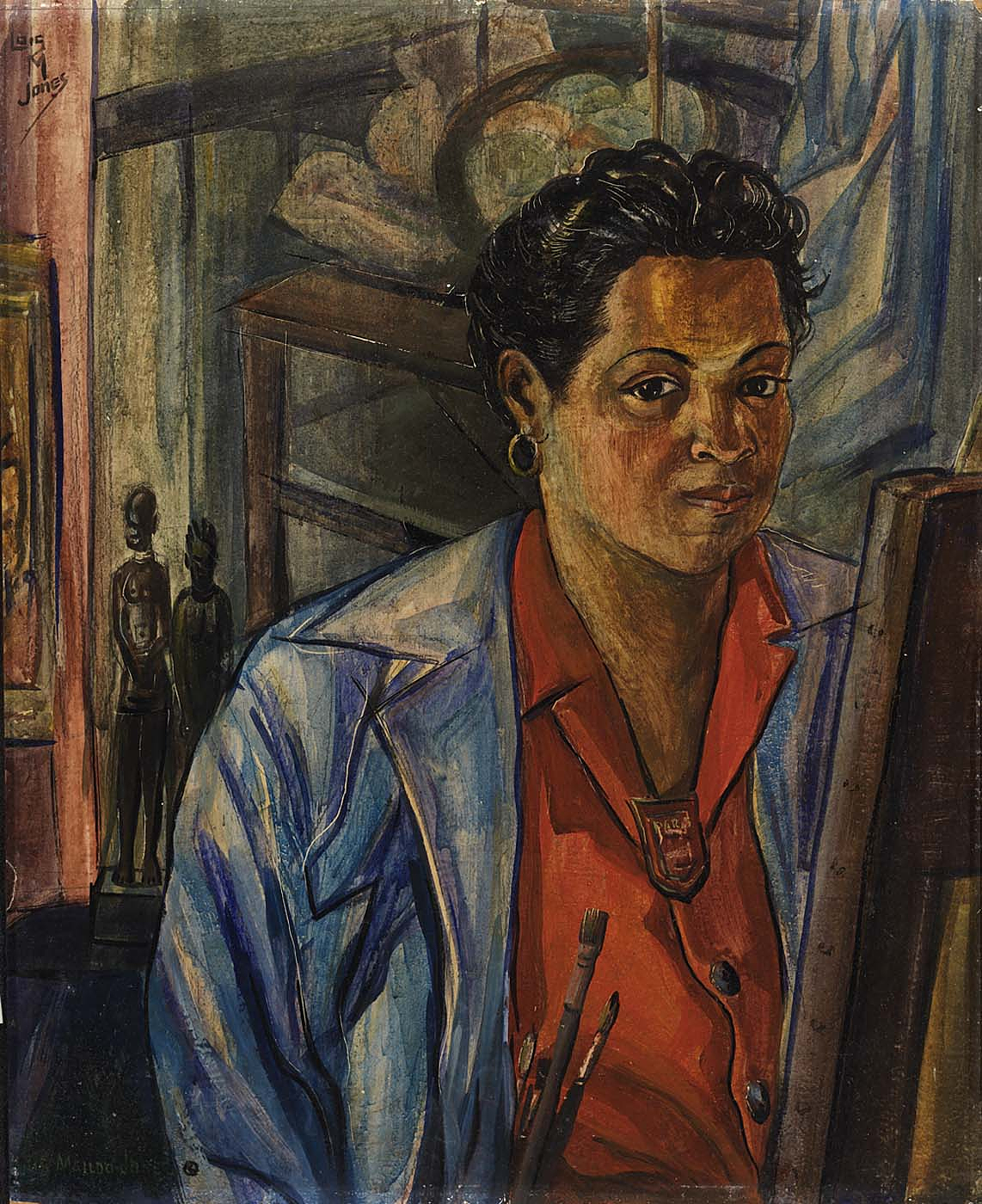

In 1954, Jones was a guest professor at Centre D’Art and Foyer des Artes Plastiques in Port-au-Prince, #Haiti, where the government invited her to paint Haitian people and landscapes. In 1955, she unveiled portraits of the Haitian president and his wife commissioned by United States President Dwight D. Eisenhower. In 1968, she documented work and interviews of contemporary Haitian artists for Howard University’s “The Black Visual Arts” research grant. In 1973, Jones received the “Women artists of the Caribbean and Afro-American Artists” grant from Howard University. Bill Clinton and Hillary Clinton collected one of her island seascapes, Breezy Day at Gay Head, while they were in the White House. Her work can be found in the collections of the Smithsonian American Art Museum, The Metropolitan Museum of Art, and other collections around the world. Lois Mailou Jones died in 1998 at the age of 92.
(Text paraphrased from Wikipedia and other sources. All Images are the property of the copyright owners. This clip is for educational purposes.)


